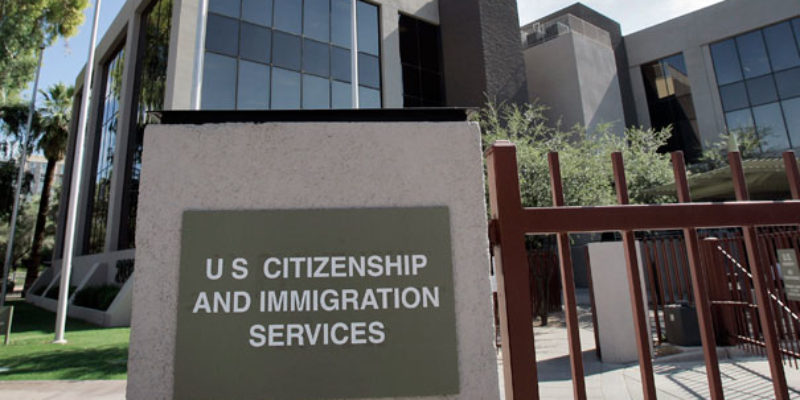The US has played caretaker to woes across the globe for the last several decades. One way in which our country does this is by issuing Temporary Protected Status to a special class of immigrants who have recently experienced a natural disaster or an outbreak of civil war in their home country. This status is subject to investigation every 18 months by the Department of Homeland Security. If the home country of these immigrants has adequately recovered, then these people are deemed safe to return home.
This is not a global practice by all nations around the world. One may look inward at our own nation when plagued by these conditions. America tends to its own wounds when hit by a natural disaster. If a civil war were to occur once again within our borders, would Americans flee? Or, would patriots lay down their lives for whatever side they believe to be most noble? One can only speculate. However, there is a certain historical admiration for those who take such pride in their homeland.
We need not question the patriotism of immigrants granted TPS to first recognize the generosity of our nation. To provide a safe haven and a general quality-of-life improvement for people around the world is no obligation or duty. The United States is unquestionably acting with a large heart to extend this invitation.
Yet, the Temporary Protected Status program has arguably exceeded simple kindness and its stated intention. Almost three decades since its installment, the number of migrants under TPS has swelled substantially. Why is this the case? One might think that as the occasional catastrophe strikes our planet, we would provide aid to a cycling small quantity of people for a finite period of time. However, this is not how things have gone.
Migrants provided this status have far exceeded the notion of temporary. Over 50,000 Haitians have benefited from TPS since 2010. If eight years isn’t pressing too hard on the idea of temporary. What about seventeen years? Over a quarter million nationals from El Salvador have been granted TPS since 2001. What about TPS extending into the last century? Nearly 100,000 people from Honduras, Nicaragua and Sudan have been living in the United States under TPS since 1999.
Advertisement
These TPS beneficiaries have maintained a (conceptually questionable) temporary status for long enough to birth over a quarter million children. These children, given American citizenship, are not accounted for in the TPS numbers. All the while, new occurrences of natural disasters and internal violence qualify more foreigners for this program.
The Trump administration has taken a particularly aggressive stance on this issue. Over 400,000 people under TPS have had their legal protection revoked and must make preparations to leave the country. Depending on the country of origin, these visitors have been assigned to leave by dates varying from January of 2019 and January of 2020.
Immigrant rights advocates have attacked the Trump administration for its active approach to this issue. Arguments are made oriented around how the length of their stay has rooted them into the soil. This defensive position brings back the question, is it our intent for the stay of these foreign nationals to be temporary or not? If so, an end date is only practical. If not, then maybe the T should be taken out of TPS.
Advertisement
Advertisement

